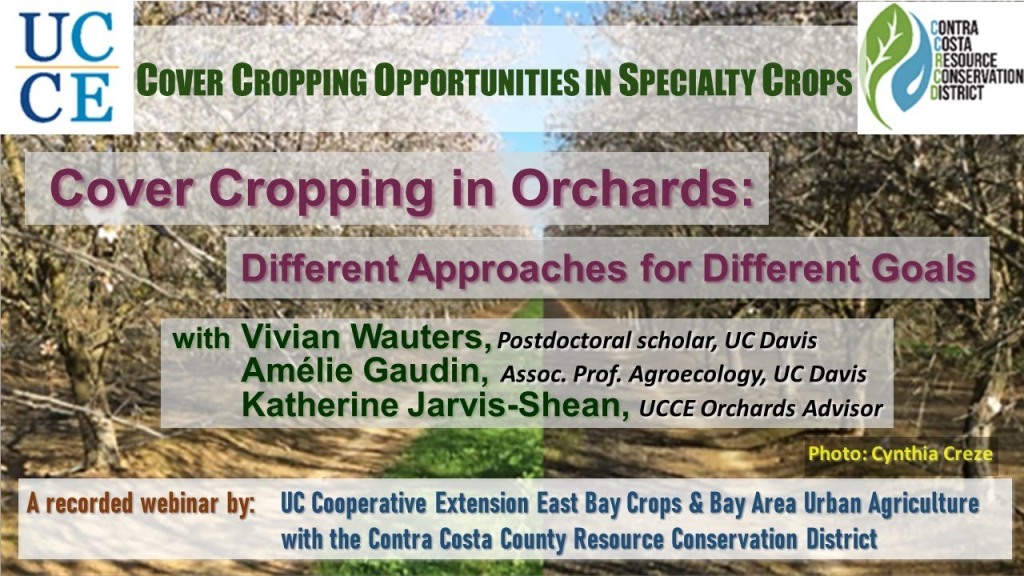Panel Discussion: Exploring the Benefits and Strategies of Cover Cropping
Introduction:
Welcome to our panel discussion on cover cropping, a sustainable agricultural practice that involves planting specific crops to improve soil health, prevent erosion, suppress weeds, and enhance overall crop productivity. Today, we have gathered experts from various fields to discuss different aspects of cover cropping and share their knowledge and experiences. Let’s dive into our topics one by one.
1. Green Manure Cover Crops:
Green manure cover crops are primarily grown for their ability to add organic matter to the soil when they are incorporated or tilled under. These crops include legumes like clover or vetch and grasses such as rye or oats. The incorporation of green manure cover crops significantly increases soil fertility, improves water-holding capacity, enhances nutrient cycling, and reduces erosion.
2. Legume Cover Crops:
Legume cover crops play a crucial role in nitrogen fixation through their symbiotic relationship with nitrogen-fixing bacteria called rhizobia. By converting atmospheric nitrogen into plant-available forms within specialized structures called nodules on their roots, legumes enrich the soil with this essential nutrient without relying on synthetic fertilizers.
3. Nitrogen-Fixing Cover Crops:
Apart from legumes specifically grown for nitrogen fixation, certain non-leguminous cover crop species can also fix atmospheric nitrogen through associative relationships with other beneficial microorganisms in the soil. Examples include some grasses like corn or sorghum-sudangrass hybrids.
4. Cover Cropping for Weed Suppression:
Cover cropping helps control weeds by outcompeting them for sunlight, space, nutrients, and moisture resources required for growth. Thickly planted cover crops create a living mulch that shades the ground surface while releasing allelopathic compounds that inhibit weed germination and growth.
5. Cover Cropping for Erosion Control:
One of the most significant advantages of using cover crops is their ability to prevent soil erosion. The dense root systems of cover crops hold the soil together, reducing runoff and minimizing the risk of water and wind erosion. Grasses like annual ryegrass or cereal rye are particularly effective in providing erosion control.
6. Winter Cover Crops:
Winter cover crops are planted during fall to overwinter and provide a protective cover on fields that would otherwise be left bare during winter months. These crops help prevent nutrient leaching, reduce compaction, suppress weeds, and enhance soil structure.
7. Summer Cover Crops:
Summer cover cropping involves planting specific species that thrive in warm weather conditions. Examples include buckwheat, cowpeas, or sunflowers. These summer covers suppress weeds while improving soil health and fertility by adding organic matter when incorporated.
8. Cover Cropping in Raised Beds:
Cover cropping can also be implemented effectively in raised beds by selecting appropriate species with shallow root systems that won’t compete with cash crop plants for nutrients or space.
9. Cover Cropping in Orchards and Vineyards:
Orchards and vineyards can greatly benefit from cover cropping practices as they improve moisture retention, reduce weed competition around trees/vines, provide habitat for beneficial insects, enhance nutrient cycling, and minimize erosion risks.
10. Cover Cropping for Soil Fertility Improvement:
By incorporating organic matter into the soil through green manure cover crops or legumes’ nitrogen-fixing abilities, farmers can improve overall soil fertility without relying solely on chemical inputs.
11. Cover Cropping in Permaculture Systems:
Cover cropping plays a vital role in permaculture design by mimicking natural ecosystems’ functions through diverse plantings that optimize resource utilization while enhancing biodiversity and regenerative practices.
12. No-Till Cover Cropping Methods:
No-till farming practices involve minimal disturbance to the soil structure during planting or termination of cover crops to preserve its integrity while maximizing benefits such as improved water infiltration, reduced erosion risks, and increased soil organic matter.
13. Interseeding Cover Crops into Cash Crops:
Interseeding cover crops into cash crops involves planting cover crop seeds directly into standing cash crops during their active growth phase. This technique allows for the simultaneous cultivation of both plants, maximizing the benefits of cover cropping without sacrificing yields.
14. Companion Planting with Cover Crops:
Companion planting involves strategically selecting cover crop species that complement and support the growth of cash crops by providing shade, attracting beneficial insects, improving nutrient availability, or suppressing pests and diseases.
15. Cover Crop Termination Techniques:
To terminate cover crops before planting cash crops or when they have served their purpose, farmers employ various methods such as mowing/crimping, rolling/crimping with specialized equipment, herbicides (if within organic regulations), or incorporating them into the soil through tillage practices.
Conclusion:
Cover cropping is a versatile practice that offers numerous benefits to agricultural systems regardless of scale or location. From improving soil health to conserving water and enhancing biodiversity while reducing reliance on synthetic inputs – utilizing various cover cropping strategies can lead to more sustainable farming practices. We hope this panel discussion has shed light on the wide range of topics related to cover cropping and provided valuable insights for our readers. Remember to adapt these techniques according to your specific climate conditions and farming goals for optimal results in your own operations.


Leave a comment